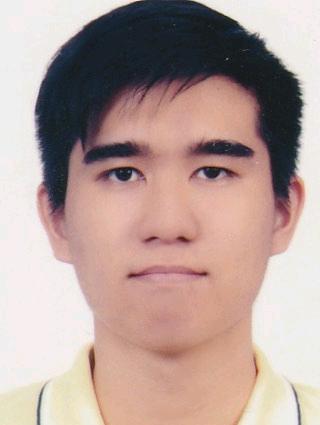2018 participants
 Thomas Wei Han Tay
Thomas Wei Han Tay
- MBBS (NUMed Malaysia)
- Reticular activation for Stroke Recovery: Plasticity of Rapid Visual Reactions
To initiate movement, our brain must send signals to muscles through the primary pathway for movement control (the corticospinal tract). Damage to this pathway in stroke patients impairs their movement. Stroke patients can regain movement to a certain extent through compensation from an evolutionary older pathway (the reticulospinal tract). Loud startling noises activates this pathway and is being studied for stroke recovery.
Scientists propose that rapid visual reactions occur via a pathway involving the reticular formation.
My study involves measuring rapid visual reactions during a reaction time task in healthy human subjects on two separate sessions. One session with startle and the other without. Each session is followed by a washout period to investigate if the effect of startle on rapid visual reactions persists (plasticity). This experiment contributes to the big puzzle of reticular activation for stroke recovery as plasticity is essential for learning, memory and stroke recovery.
Funding source: Newcastle University
Supervisor: Prof. Stuart Baker, Isabel Glover
